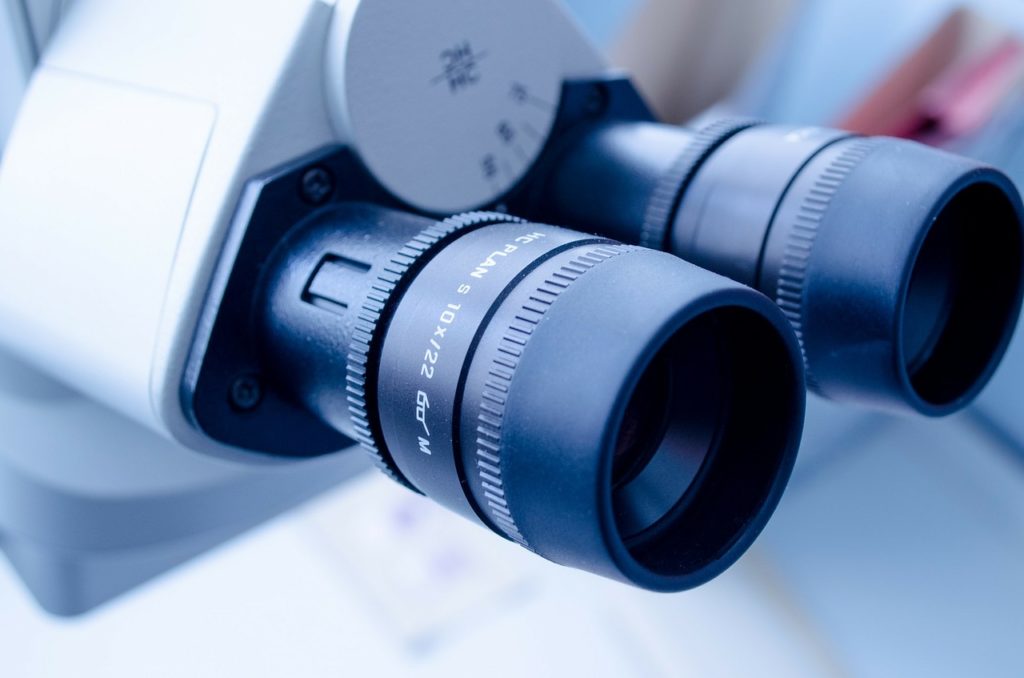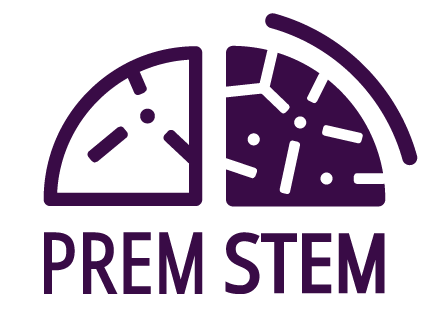about premstem
expected impacts
overview
Research into infants is an underfinanced and underrepresented area. PREMSTEM will advance this field of research for the benefit of individual families and the entire community.
overview
PREMSTEM provides a unique opportunity to have engaged stakeholder, clinical and industry support assuring research will be translated into effective clinical trials.
overview
Built into PREMSTEM is scalability and extension of the research into other patient groups to further increase the potential impact of this research.

NEW REGENERATIVE THERAPIES
This research has the potential to help reduce morbidity associated with prematurity. Four out of five preterm infants will develop into children and adults limited in their daily activities. Even in high income healthcare settings, the disability range among extremely low gestational age infants can be as high as 80%. We currently have no regenerative therapies to offer this large patient group to improve their neurological outcomes.
The most important source of societal suffering from prematurity-associated disorders is at the individual and family level. PREMSTEM’s goal is to improve this situation for future generations. PREMSTEM will provide all of the data necessary to move effectively and expediently into well designed clinical trials. Our research has the potential to influence policy, clinical practice and training.

Economic value
Surviving preterm infants are at increased risk of long-term health complications, including cerebral palsy, visual impairment, respiratory illnesses, learning difficulties, and behavioural disorders. The lifetime healthcare costs can be a huge burden, e.g. above €1 million for one child with severe cerebral palsy.
PREMSTEM is focused on delivering a novel regenerative therapy to reduce the enormous emotional and economic implications of neurodevelopmental injury caused by encephalopathy of prematurity (EoP).

Broader therapeutic potential
Beyond the neuroregenerative role of H-MSCs, theoretically they may also positively influence other life-limiting diseases of prematurity such as bronchopulmonary dysplasia (BPD), necrotising enterocolitis (NEC) and retinopathy of prematurity (ROP). As such, H-MSCs have a broad therapeutic potential that can be uncovered in future clinical trials.
The findings from basic molecular research and imaging achievements of this initiative have the potential to substantially impact other types of developmental brain injury such as birth asphyxia, neonatal stroke, trauma and congenital neurodegenerative disorders – currently untreatable central nervous system diseases of early childhood.
Early markers on neuroimaging, predictive for neurodevelopmental and structural outcome in the clinical situation, can be easily applied to other clinical situations and specific diseases.

New approaches to stratification
PREMSTEM will improve our ability to understand the underlying pathophysiology of brain injury in preterm born infants and more accurately understand the specific characteristics of this injury by developing an innovative imaging modality for cot-side use. PREMSTEM will change clinical practice by allowing clinicians to employ a novel framework for assessing patient risk.
This technology development will benefit the design and implementation of clinical trials for preterm born infants. This technology can also be further refined for use across the spectrum of neonatal and early paediatric neurological conditions, potentially providing a cost-effective, easy to use, portable and tool for neonatal intensivists and neonatal neurologists across the globe.
